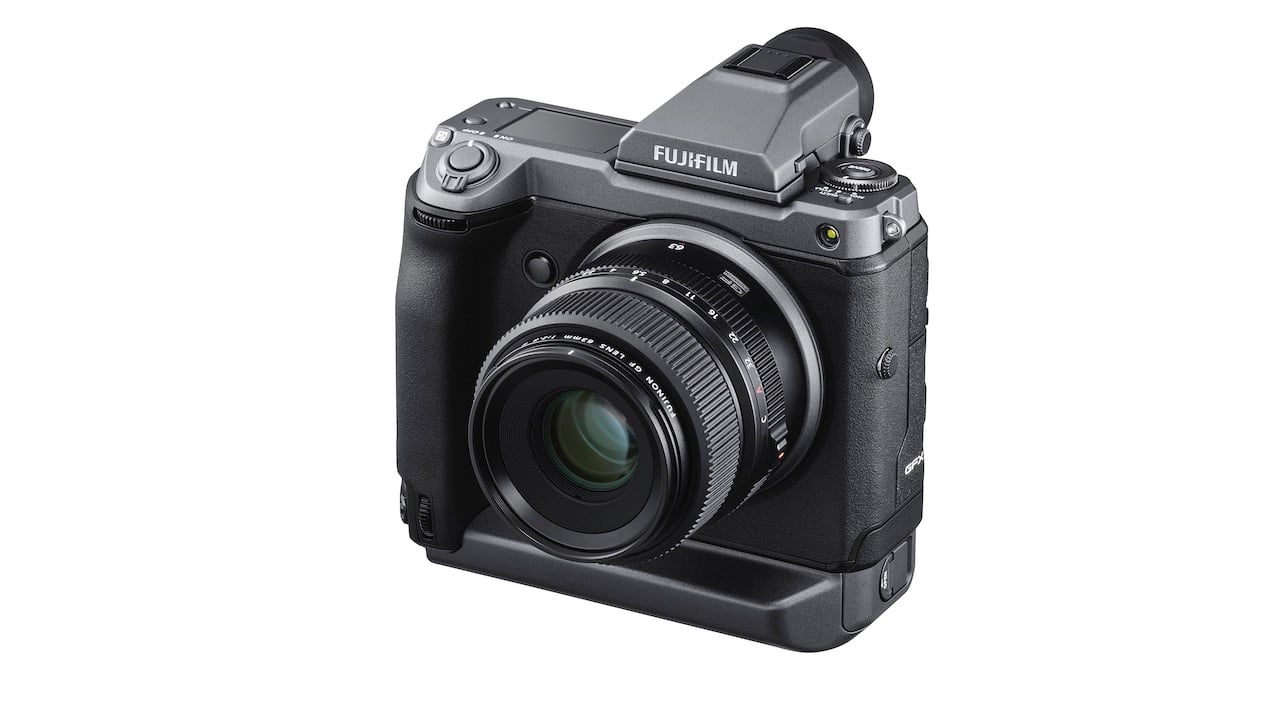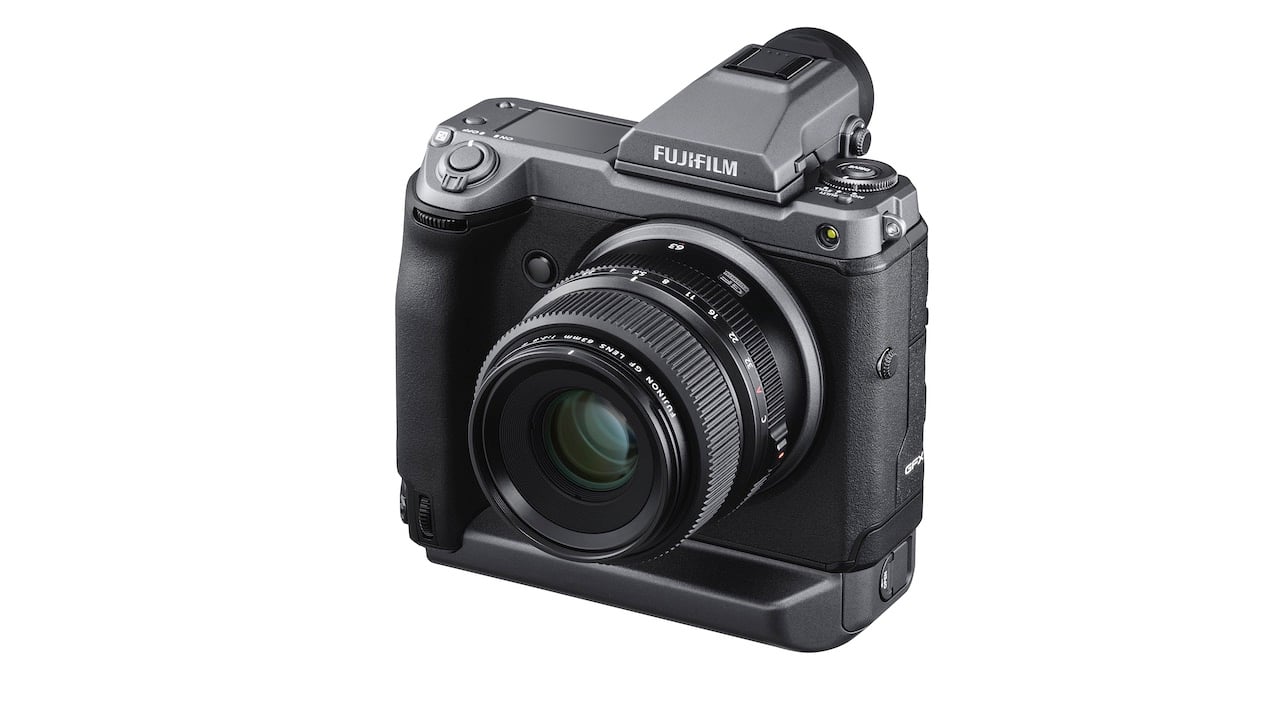
 The new GFX100 - expensive until you consider the competition
The new GFX100 - expensive until you consider the competition
The new medium format mirrorless GFX100 is not cheap at $9999, but for that money you get a lot of camera and no less than three world’s firsts.
The Fujifilm GFX100 was first shown in prototype form at Photokina 2018 and turned heads then. Half a year later and it’s pulling the same trick once more, which is all the more impressive when you consider its hefty price tag.
This is the new flagship for the GFX range from the company and raises the bar to an impressive degree. The world’s firsts are perhaps a bit of marketing gloss, being specific to the category (“the world’s first mirrorless digital camera with an image sensor of this size or greater to offer 4K30P video recording capability (10-bit 4:2:2),” you get the picture) but nonetheless they are impressive achievements.
For the record the other two are a back illuminated sensor with phase detection pixels (the first of its kind for image sensors larger than the 35mm full frame format) and in-body five-axis image stabilization delivering up to 5.5 stops (a first for larger than 35mm full-frame format cameras).
But the headline is that this provides a much higher resolution — a doubling over the GFX 50s — and much faster performance with a 1GBps data throughput than the previous entires in the range. Plus, of course, that 4K30p shooting is a significant and welcome advance on the range’s previous 1080p.
It is, of course, also close to double the price of the GFX50S. But when you consider that this is being pitched against medium format cameras from the likes of Hasselblad and has a similar spec, it almost represents a bargain.
Concentrating on the video, the X-Processor 4 engine indeed records 4K30p video at 10-bit 4:2:2, but it’s worth noting that that is externally; internal recording is limited to 10-bit 4:2:0. With standard digital cinema format (17:9) selected, the GFX100 records video with a sensor area measuring 43.8mm (W) x 23.19mm (H) and 49.56mm diagonally, which Fujifilm is more than happy to point out is larger than many high end cinema cameras in recent years. It uses oversampling with the data equivalent to approx. 50.5 megapixels to render video. It supports the H.265/HEVC codec, as well as F-Log and HLG. It is also the first model in the GFX System to incorporate what Fujifilm has dubbed the ETERNA cinema film simulation mode, which delivers “optimum solutions that reflect videographer’s intentions and facilitates a variety of creative expressions.” We’ll have to wait for the reviews to see wheat exactly that all means.
Other features well worth pointing include the autofocus which uses the phase detection AF algorithm developed for the fourth generation X Series cameras. 3.76 million phase detection pixels placed across the entire sensor provides focus acquisition in an impressive 0.05sec and can work down to -2EV. And it also boasts continuous shooting capabilities with a top burst rate of 5fps and a buffer capacity of up to 41 JPEGs (or 14 RAW files).
Ergonomically, an integrated vertical grip keeps the form factor thin and helps users keep control of the 1400g body (inc batteries). And while it may have ditched the dedicated ISO and shutter speed dials that have been so popular with its recent designs, it has replicated them digitally on a new display panel.
Availability is scheduled for the end of June.
Tags: Production


Comments